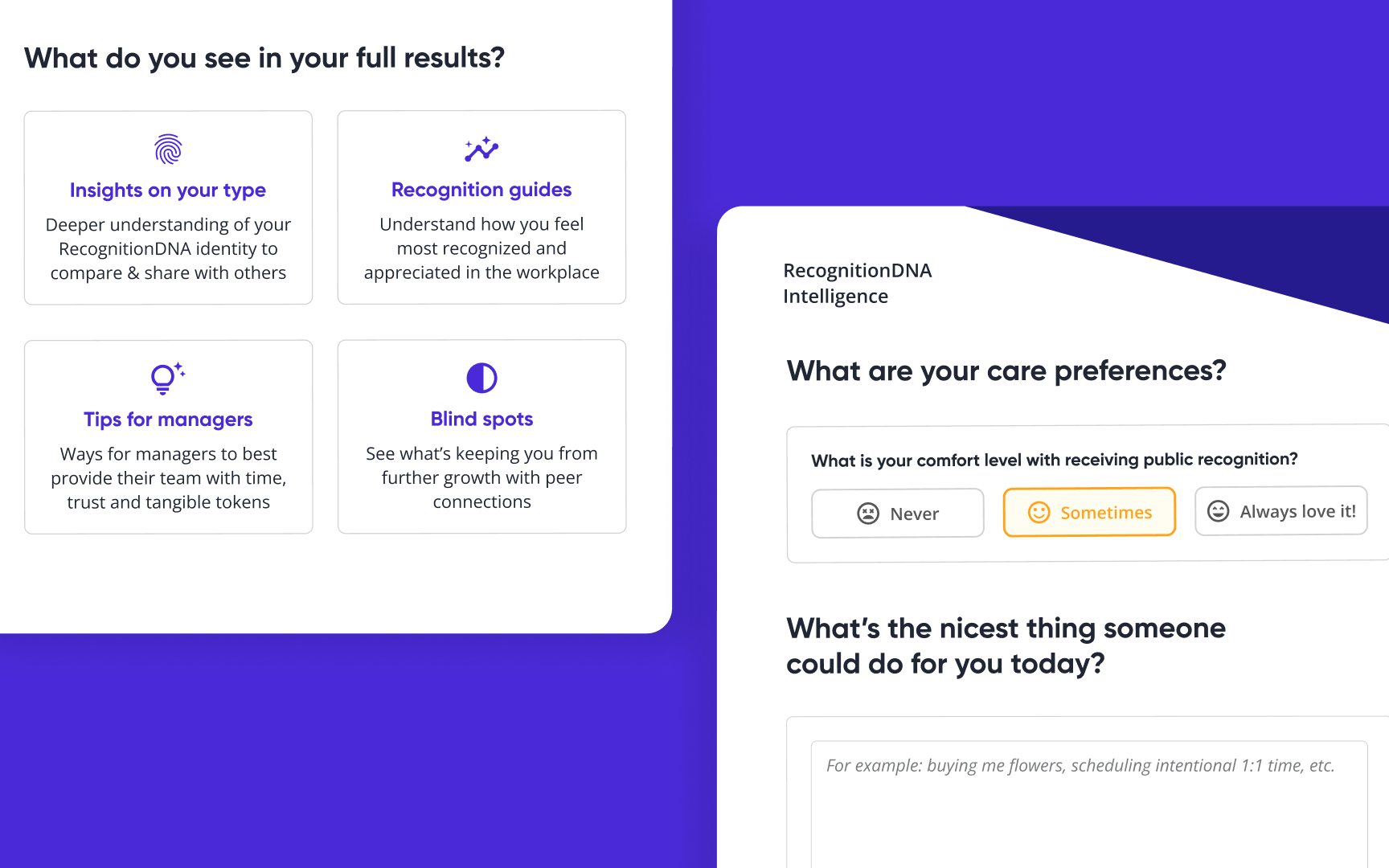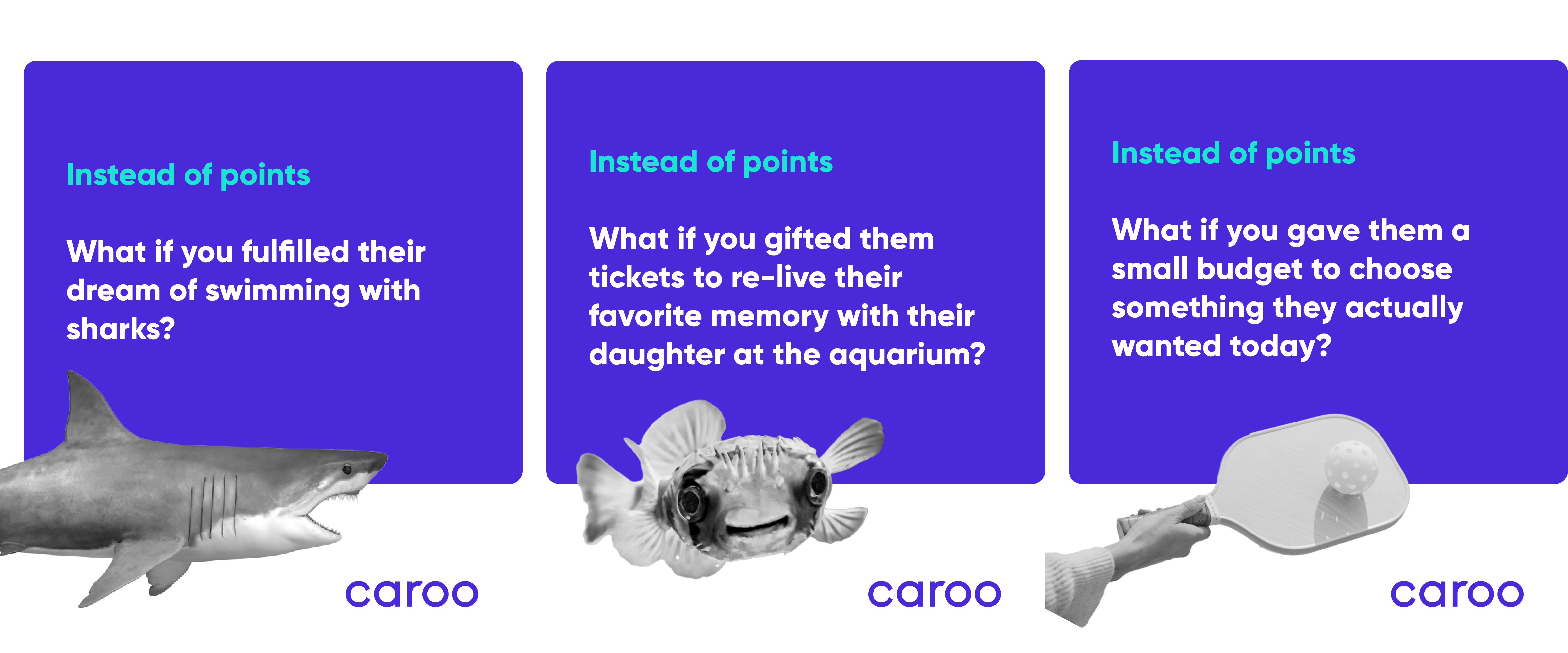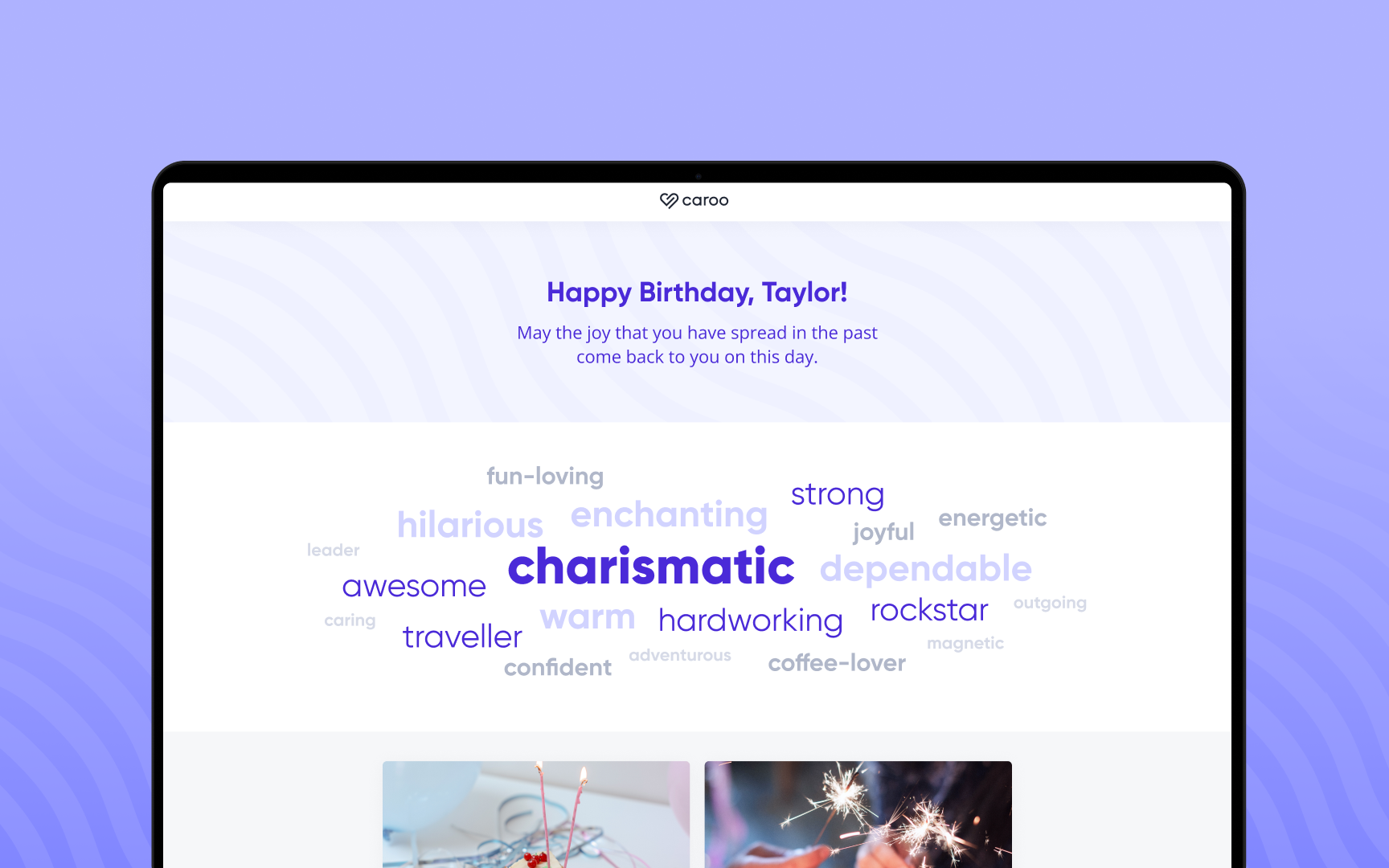Employee recognition programs have been debated for years, with some people arguing that they boost morale and productivity while others believe they are nothing more than token gestures. In a SHRM/Globoforce survey, 68 percent of HR professionals agreed that employee recognition has a positive impact on retention and 56 percent said such programs also help with recruitment.
So, do employee recognition programs work? The answer is more complicated than a simple yes or no. It all depends on how these programs are designed and implemented.
If they focus on the needs of the individual, yes.
When employee recognition programs are tailored to the needs and preferences of each individual employee, they can have a powerful impact on morale and productivity. It means taking the time to understand what motivates each employee and creating a personalized approach for recognition. This may include public recognition, private conversations, handwritten notes, or other forms of appreciation that resonate with the individual employee.
When employees feel recognized and appreciated in this way, it can lead to higher levels of job satisfaction, engagement, and retention. Recognition tied to specific goals or achievements can also motivate employees to continue striving for excellence and doing their best work.
The problem is that creating an experience that is individualized can be very challenging at scale. Even if organizations have the best interest of their employees at heart and want to provide a custom experience, the right tools need to be in place to make it easy. Caroo’s Care Preferences and Recognition Personality tools can give any manager or organization the ability to understand employees deeply and ensure they can easily send whatever is most meaningful at the click of a button – whether it’s a handwritten card or a donation to charity in the employees name or a shipped gift.
If they are designed like most current programs, then no.
Unfortunately, many employee recognition programs miss the mark when it comes to individualization. Instead, they rely on a one-size-fits-all approach, where everyone gets the same experience regardless of their preferences or contributions. For example, a gift of red wine and chocolate at the holidays for everyone may disappoint or alienate those who don’t drink red wine or alcohol at all. (An example we hear often at Caroo.)
When recognition programs are designed in this way, they can actually do more harm than good. Employees may feel like their efforts are not being seen or appreciated, which can lead to lower morale and productivity. In some cases, it may even lead to resentment or turnover if employees feel undervalued.
The Surprising Answer
So, do employee recognition programs work? The answer is yes, but only if they are designed with the needs and preferences of individual employees in mind. This may require more effort and resources upfront, but the long-term benefits will be well worth it. By taking the time to understand what motivates each employee and tailoring your approach accordingly, you can create a culture of appreciation that boosts morale, motivation, and productivity.
In conclusion, employee recognition programs can be a powerful tool for organizations, but they must be designed with individualization in mind. Avoid the one-size-fits-all approach and take the time to understand what motivates each employee. By doing so, you’ll create a culture of appreciation that benefits everyone.












